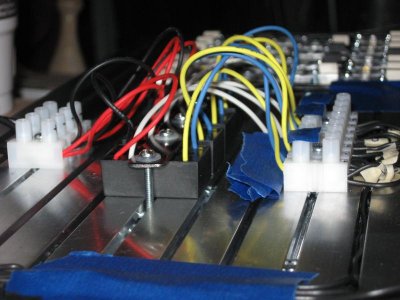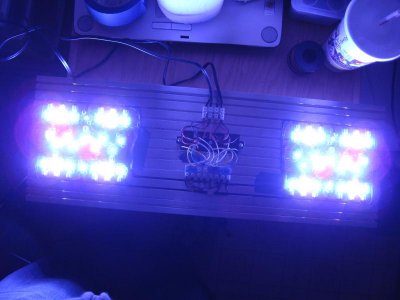It was a new one. Here is the link to the one I purchased. I think it's just a no name Chinese ps.
Yeah "Buyer Beware" and all that. I've had the same experience. Some Vendors on Fleabay advertise MeanWell power supplies at "too cheap to believe" prices, and they are. They're cheaply constructed copies of MeanWell power supplies, i.e. Chinese counterfeits. All of the genuine MeanWell supplies that I own were made in Taiwan, not in mainland China.


